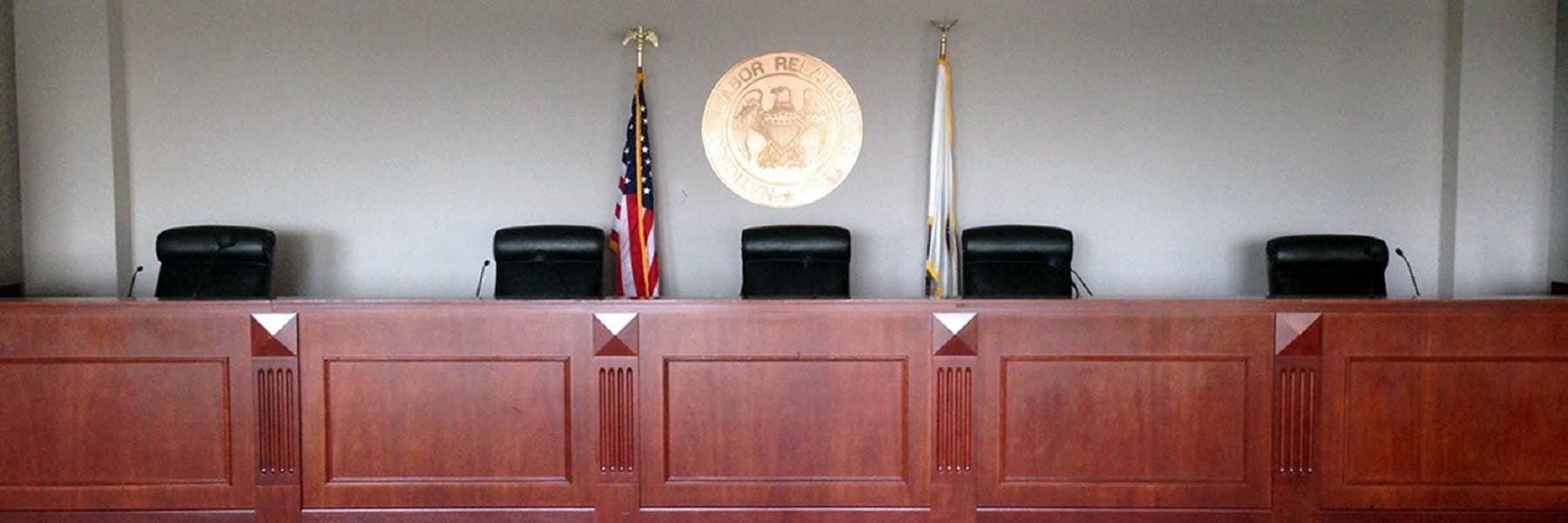Editor’s note: In December, on a 3-2 vote the NLRB overturned an earlier decision setting a new standard for when two organizations will be found to be joint employers for the purposes of being held jointly liable for actions taken by either of them in regard to workers. In the December decision the NLRB said from then on joint employer status would only be found “if there is proof that one entity has exercised control over essential employment terms of another entity’s employees (rather than merely having reserved the right to exercise control) and has done so directly and immediately (rather than indirectly) in a manner that is not limited and routine.” Two months later the board was forced to throw out its December decision after its inspector general said one of the board’s members who voted with the majority should not have participated in the case because of a conflict of interest.
The author’s reference to the title refers to his original title: NLRB to Dem Senators: We’re no longer “considering” joint-employer rule-making. We are rule-making!
∼∼∼∼∼
The title of this blog post made me think of Judge Dredd. And if you don’t know or appreciate Judge Dredd, shame on you, millennial.
For the rest of you more cultured Renaissance human resource professionals, I have news that you’ll appreciate even more than my Judge Dredd references.
Maybe.
The National Labor Relations Board plans to make the law, err, rules to address the joint-employer standard.
Remind me again, Eric. Why should I care about joint employers under the National Labor Relations Act?
Where two businesses are joint employers, if one messes up, both are responsible.
What makes two companies joint employers?
I’ll let the National Labor Relations Board explain:
“In a 3-2 decision involving Browning-Ferris Industries of California, the National Labor Relations Board refined its standard for determining joint-employer status. The revised standard is designed ‘to better effectuate the purposes of the Act in the current economic landscape.’ …In the decision, the Board applies long-established principles to find that two or more entities are joint employers of a single workforce if (1) they are both employers within the meaning of the common law; and (2) they share or co-determine those matters governing the essential terms and conditions of employment. In evaluating whether an employer possesses sufficient control over employees to qualify as a joint employer, the Board will – among other factors — consider whether an employer has exercised control over terms and conditions of employment indirectly through an intermediary, or whether it has reserved the authority to do so.”
Got all that? Me neither.
Could that explain why the current board wants to make a rule to clean up the joint-employer standard?
You think?
But, what’s this about the NLRB taking on some Senate Democrats?
Here’s a little timeline:
- May 9, 2018: The NLRB issues a press release in which it announces that it is considering changes to the joint-employer standard.
- May 29, 2018: Senators Gillibrand, Sanders, and Warren write to NLRB Chairman John Ring “to express strong concerns with [his] announcement that the National Labor Relations Board may issue a regulation that would undermine labor rights clarified by the board in its 2015 Browning-Ferris decision.
- June 5, 2018: Chairman Ring responds to the May 29 letter to clarify that “the NLRB is no longer merely considering joint employer
rulemaking. A majority of the Board is committed to engage in rulemaking, and the NLRB will do so.”
Who does he think he is? Judge Dredd?
Not exactly.
Chairman Ring told the senators that he has “an open mind and will consider all comments we receive from interested parties.”
Then, Chairman Ring kept it real:
“I will not pretend that I am devoid of opinions on the subject of the joint-employer standard, any more than my predecessors, then-Chairman Wilma Liebman and then-members Mark Gaston Pearce and Craig Becker, were devoid of opinions when they embarked on rulemaking to change the Board’s representation-case procedures in 2011, or than then-Chairman Mark Gaston Pearce and then-members Kent Hirozawa and Nancy Schiffer were when they repeated that enterprise in 2014.”
So, maybe, he’s Judge Dredd-ish.
Then what will the final joint-employer rule look like?
Well, before Browning-Ferris, the board would evaluate “whether alleged joint employers share the ability to control or co-determine essential terms and conditions of employment.”
As in hiring, firing, supervisor, and other indicia of direct control.
That sounds like a pretty good starting point for me.
This article originally appeared on The Employer Handbook blog.
